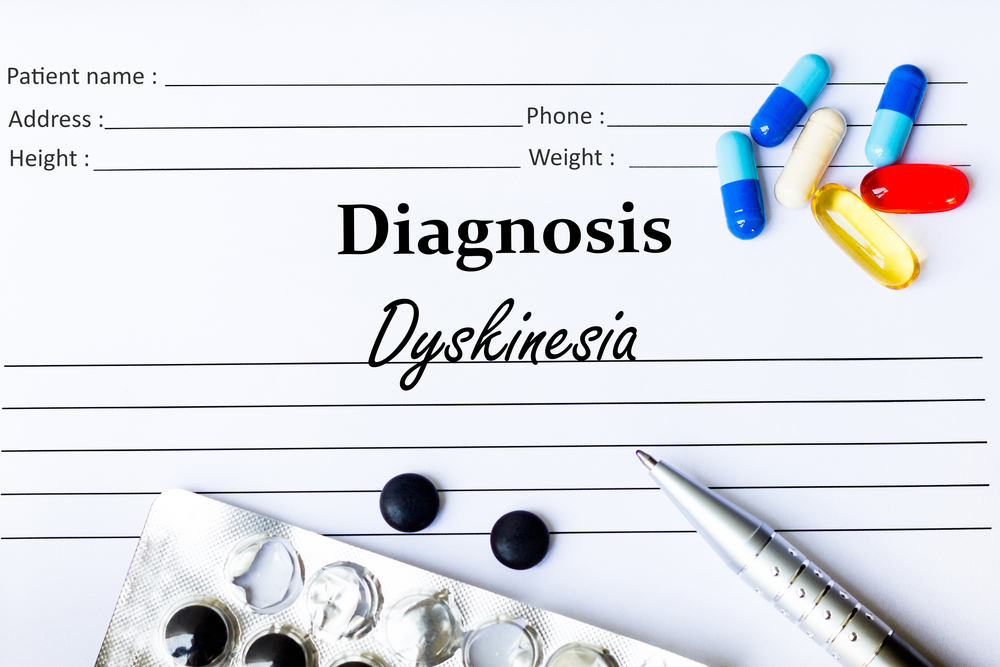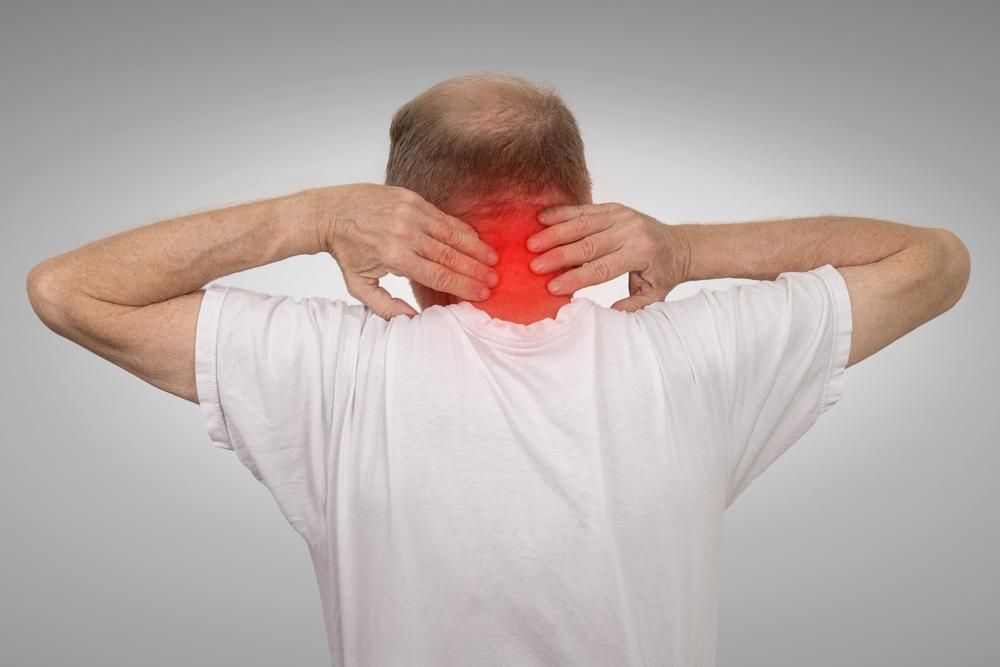Understanding Dyskinesia: Symptoms and Management Strategies
Dyskinesia involves involuntary movements caused by brain chemical imbalances, especially in Parkinson’s disease. This article covers symptoms, causes, and various treatment approaches, emphasizing medication management and dosage adjustments to control symptoms. Proper understanding and tailored therapy can improve living quality for those affected by this condition.

Understanding Dyskinesia: Symptoms and Management Strategies
Dyskinesia refers to involuntary, abnormal movements that can vary from mild to severe. These uncontrolled muscle contractions and twitching can affect different parts of the body, including the face, limbs, and torso. The severity often correlates with disease progression, especially in Parkinson’s disease, where symptoms tend to worsen over time. The condition's impact ranges from minor muscle spasms to extensive body writhing, significantly affecting quality of life.
What causes dyskinesia?
Neurochemical imbalances in the brain, particularly involving dopamine, glutamate, and serotonin, are linked to Parkinson’s disease. The deficiency of these chemicals hampers proper muscle coordination, leading to tremors, twitching, stiffness, and discomfort.
How is dyskinesia managed?
As Parkinson’s disease progresses, its symptoms, including dyskinesia, may worsen. Medical treatments aim to control these involuntary movements through medications like levodopa and entacapone. However, prolonged use of these drugs can sometimes exacerbate dyskinesia, requiring careful dosage adjustments.
To reduce side effects, doctors might lower drug dosages or alter medication schedules. Extended-release options, such as amantadine, are also used to help balance dopamine levels, alleviating symptoms. Management strategies are tailored to each patient to optimize control and minimize adverse effects.
Note: Our blog offers valuable insights based on extensive research, but the information should not replace professional medical advice. Readers are encouraged to consult healthcare providers for personalized diagnosis and treatment options. The content is for informational purposes and may not include all current treatments or offers available in the market.










